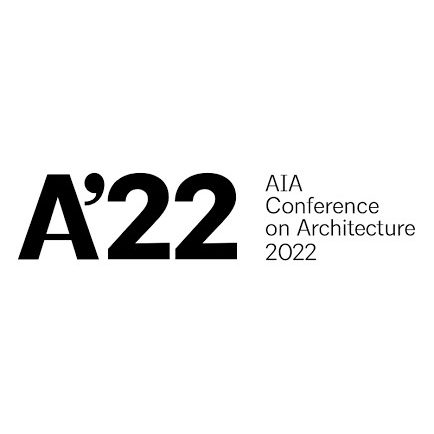Tim Dufault, FAIA – Concert CRO
The American Institute of Architects (AIA) gathered in Chicago in late June for their first in-person Conference on Architecture in almost three years. Dubbed A’22, the conference drew more than 10,000 attendees, about half the normal numbers. There were all the normal trappings of a convention – rousing keynote speeches (including a charming interview session with former President Barak Obama), a trade show full of eager vendors ready to make as many connections as they could, the obligatory educational sessions in large windowless over-air-conditioned convention center conference rooms, sponsored parties, receptions, and lots of reconnecting with friends and colleagues we haven’t seen in person for several years. Overall, the event was well run, and meaningful, and it was great to be back in person!
Yet, in the almost three years since we last met, much has changed, inside the association and outside in the profession. The Institute has a new EVP/CEO, a woman of color with a deep history in the building industry and an exciting perspective on how we can build a more prosperous and relevant profession. We elected our first woman of color to be the 2024 president of the Institute, and likely the youngest in the history of the organization. For an organization historically dominated by white men, these meaningful changes stand for what we hope will be the new face of AIA, a face that more closely resembles our communities.
There are more exciting changes on the horizon – changes to the practice, the technology with which we do our work, and most importantly, changes to how we monetize the value we create. Examples from the conference include:
• AIA Contract Documents launched their innovative technology platform, Catina. The platform, an interactive SAS product designed to make contract preparation, sharing, and negotiations more streamlined, promises to be a major jump in capabilities for the profession. AIA contracts are the best construction-related agreements in the United States, used by most building owners on their projects. The new platform allows for real-time understanding of contract language changes, predictive and analytic tools for tracking budget and schedule decisions, and a simple graphical interface that collaborates with you to find and create the right document for every situation. This platform promises to improve the contract process and reduce the time and errors that occur with other, older systems. At Concert, we are excited by these changes and look forward to the changes they will bring to the client engagement process.
• In an important shift for digital delivery, AIA Contract Documents will release this fall the 2023 version of their BIM and digital delivery documents. Updated every 10 years, the release of the new documents reflects a major shift in how architects can effectively share their digital creations. The new E203 and G203 will be important documents for the transformation of the design and construction industry. These new documents are the framework for digital collaboration and the promise of robust integration of design and construction technologies. At Concert, we celebrate the move towards full digital delivery and continue to focus on helping ease that process with rigor and protection of all data sharing.
• The digital model in design is becoming a stronger tool. Major conferences are always the time when technology companies show off their latest and greatest and A’22 lived up to that standard. Major design technology companies showed new capabilities, applications, and future enhancements that included more robust integration of all the disciplines in the design and construction team, better AI and machine learning tools to assist in the design process, better-coordinated clash detection, and more useful data integration for post-construction use. These tools put the entire industry on the threshold of true digital delivery. At Concert, we are ready to work closely with all these systems and integrate their processes into our Blockchain-based data recognition platform.
• Material suppliers and manufacturers displayed advancements in building enclosure technologies that will increase overall building energy performance, improving the industry’s chances to meet the goals of the Architecture 2030 initiative. We still face challenges and there are still issues of overall embodied carbon and worker safety that must be addressed but solving the energy use problem is a big step forward to achieving long-standing climate goals. The Concert data recording process can help build a robust record of all aspects of building performance, ESG, embodied carbon, and its impact on the environment.
• Architects play a significant role in the creation and development of safe and strong communities. This message was reinforced in all the keynotes and most of the educational sessions. The digital tools we use can aid in the understanding and application of new strategies for solving problems like homelessness, community engagement, and building reuse. The architect brings a wealth of creativity and problem-solving abilities, and we were exposed to innovative ideas from other professionals around the country.
Getting back to normal interactions after a global pandemic is never easy and the COVID challenge has dramatically reshaped the way we live, work, and play. At the end of the day, we are social beings, and the best way for us to bond and grow is to engage with other people in real-world interactions. A’22 was a fantastic opportunity to see and engage with friends, colleagues, and peers in new and old ways while learning more about how our profession, our organization, and our world are changing. I look forward to continuing to see and engage architects across the country and around the world as we all work to create better communities.





